Good as Gold
The Golden Glory of Korean Geumbak
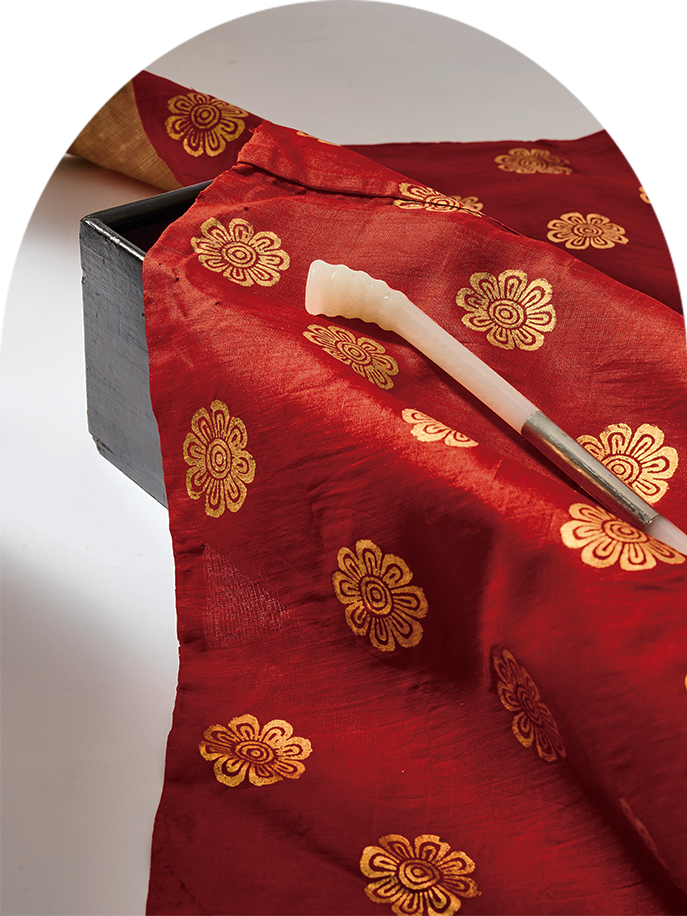
ⓒ Seoul Museum of Craft Art
WRITTEN BY
Tim Alper
contributing writer
Photos courtesy of
National Palace Museum of Korea
In Korea, the role of decorative geumbak, or gold leaf, has changed through the ages―transforming from religious symbols to become a fixture in royal fashion.
The kings and queens of yesteryear were keen on portraying themselves as radiant figures clad in golden glory―but for the Joseon monarchs who ruled over Korea from 1392 to 1910, this was something they took very literally: Their clothes were actually decorated with sparkling gold. These garments featured geumbak―a traditional Korean form of gold leaf. But the history of guembak did not begin with the clothing of royals during the Joseon Dynasty. In fact, the story began centuries before Joseon even took power.
Religious Roots
Historians and archaeologists have traced the origins of geumbak back to the Three Kingdoms period of Korean history (57 BCE to 668 CE). Little is known about how and why people in these times used geumbak, but experts do agree that gold leaf was used very sparingly in these times.
In the centuries following, Buddhism became the cornerstone of Korean life, which revolved around the sanctity and holiness of the Buddhist temple. The religion reached its peak during the Goryeo Dynasty (918-1392). Rulers in this period encouraged temples to invest in bright, eye-catching and vivid decorations including paintings of the Buddha’s life, frolicking animals and exuberantly decorated representations of deities.
It was here that geumbak found its first key role in Korean society: The most precious and outstanding Buddhist symbols and contemplation patterns were often coated in gold leaf, which was attached to walls of prayer halls―lending a glowing, holy aura to these places of religious worship.
In this era, the work of decorating temples was often left to monks, so it fell on these devout individuals to cultivate the skills required to shape the gold leaf and then carefully affix it to its wall mount. In the years to come, however, geumbak’s role in Korean society would change almost beyond recognition.

Geumbak adds even more luster to this headpiece from the Joseon era.
Going for Gold
When the Joseon monarchs took power, Buddhism was unceremoniously shunted to the fringes of society in favor of strict Confucian values. The monks were forced to relocate: They upped sticks and headed into the mountains, where their new temples were considerably more modest than the grand, geumbak-adorned complexes so common in the Goryeo era.
But the Joseon people took a similar shine to geumbak. In Joseon society, the artisan class grew and thrived. Many royal courts employed traditional craftspeople, who lived with their families in special accommodation near palaces.
In most cases, the male children of these artisans learned their craft from their fathers, passing the skills down the generations. As such, geumbak became a fine art―to the point where professionals eventually learned how to apply gold leaf to items of clothing.
The price of gold leaf and the intricacy of the techniques used to apply it to clothes meant that garments that featured geumbak were extremely expensive. As such, only the royal family could afford them, and even monarchs kept their gold-coated items for the most special of occasions, such as weddings, official events and national celebrations. Washing such garments could cause damage to geumbak patterns, so great care was kept to keep them from getting sullied.
Popular patterns included the lotus flower, a symbol of vitality, as well as the peony, which represented longevity. Meaningful phrases written in Chinese characters, as well as lines of poetry, were also popular.

The queen’s robe features seven kinds of flowers, as well as clouds and the Chinese characters for ‘long life’ and ‘blessings.’
Unique Techniques
In other countries, gold leaf is sometimes applied to clothes by creating a stencil that is laid on the item of clothing. This is then filled with glue, with powdered gold leaf then sprinkled over the adhesive.
But Korean techniques in the Joseon era were very different. Instead of using a stencil, artisans created a stamp, which they then used to affix a first layer of leaf. They then repeated this feat over and over, making sure never to create a single wrinkle in the process, until they had decorated the garment with a pattern that would provide a lasting sheen.
Two types of glue were traditionally used to apply geumbak. One was made by boiling down the bones of livestock, as well as leather offcuts. And another, more unique type of glue was made using fish guts. Using the right type of glue at the right stage of the process was a skill that only seasoned artisans could hope to understand.
These skills were almost lost to the ravages of the 20th century, when Japanese colonial rule displaced Joseon, with the Korean War of 1950 to 1953 causing more upheaval. As Korea subsequently industrialized, geumbak quickly became something of a lost art.
Fortunately, one family of artisans―that of Kim Ki-ho, who plies his trade at Bukchon Hanok Village in Seoul―has kept the tradition alive. Kim’s family now runs a workshop in conjunction with the Korea Foundation for Cultural Heritage and the Korea Craft Design and Culture Promotion Agency, and even collaborates with contemporary designers.
Efforts like these will hopefully ensure that when it comes to geumbak, Korean traditional clothing never loses its brilliant luster.
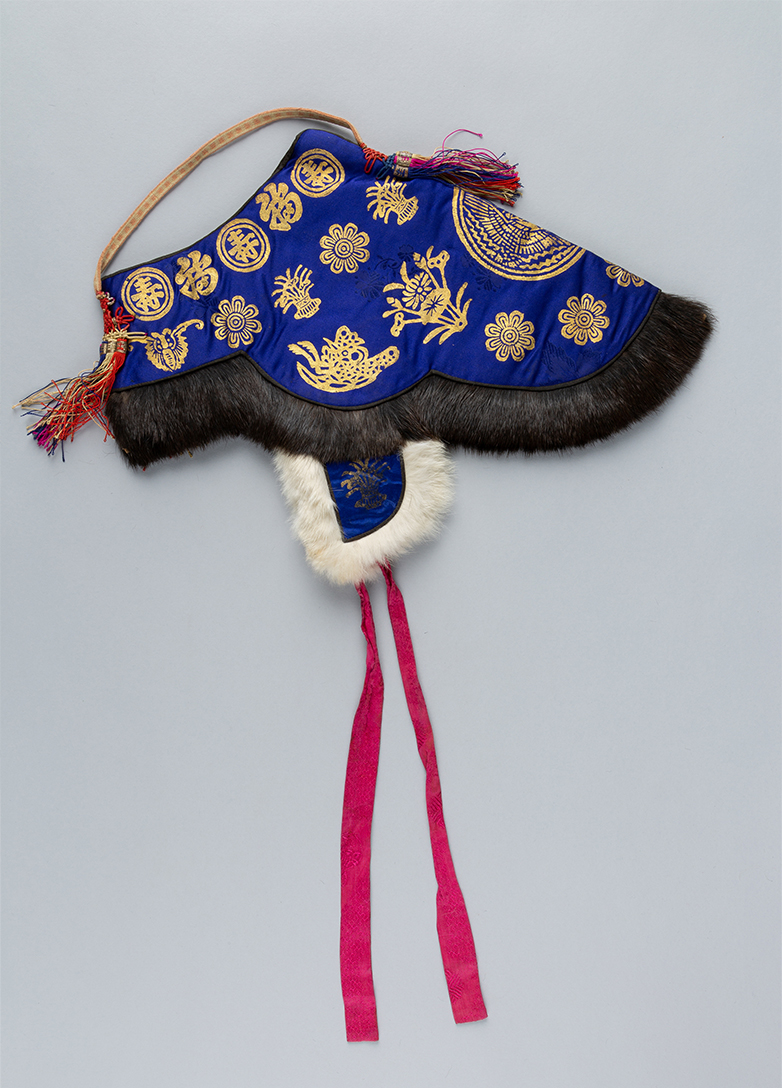
This Joseon era winter hat for women features the characters for ‘long life’ and
‘blessings,’ as well as motifs of butterflies, bats and other creatures. © National Folk Museum of Korea
Other Articles
-
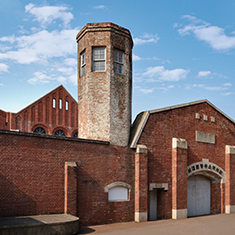
Special Ⅰ Hall of Memories
-

Special Ⅱ No Longer Just an Eyesore
-
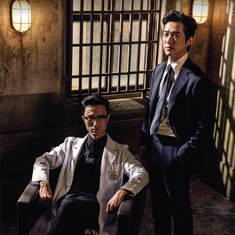
Trend Unique Prison Stories
-

Hidden View Gate of Hope
-
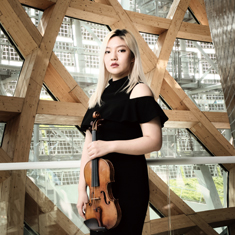
Interview Violinist Jinjoo Cho
-
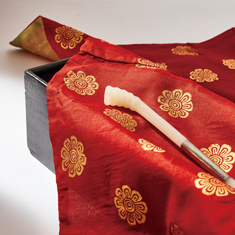
Art of Detail Good as Gold
-

Film & TV All of Us Are Dead
-
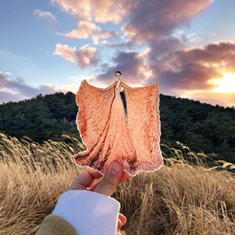
Collaboration Emoticons: Businesses Collaborate with Creators
-

Current Korea Legacy of an Administration: Unshakeable Korea
-
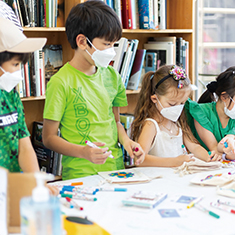
Global Korea Korean Literature Week Event with Berkelouw Books
